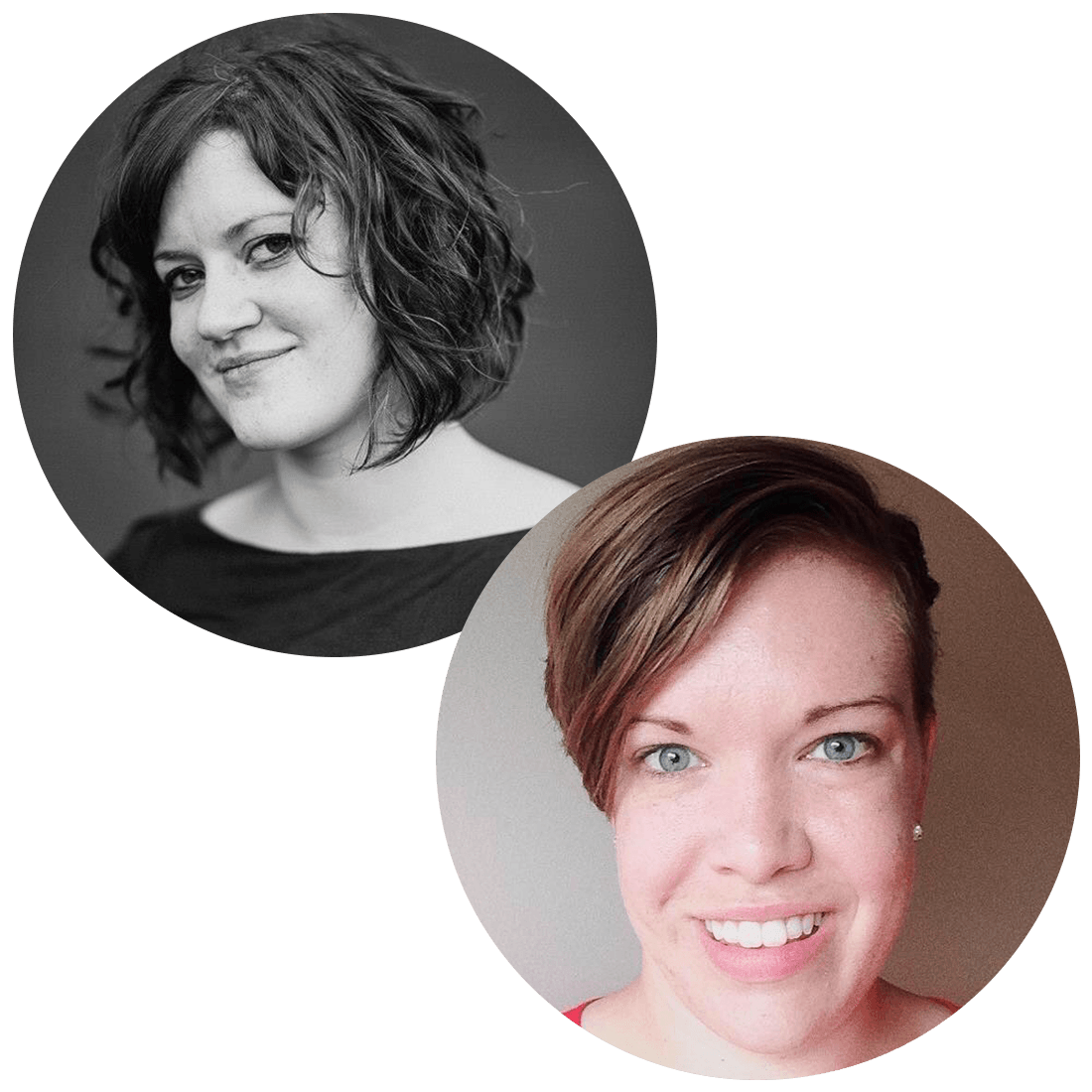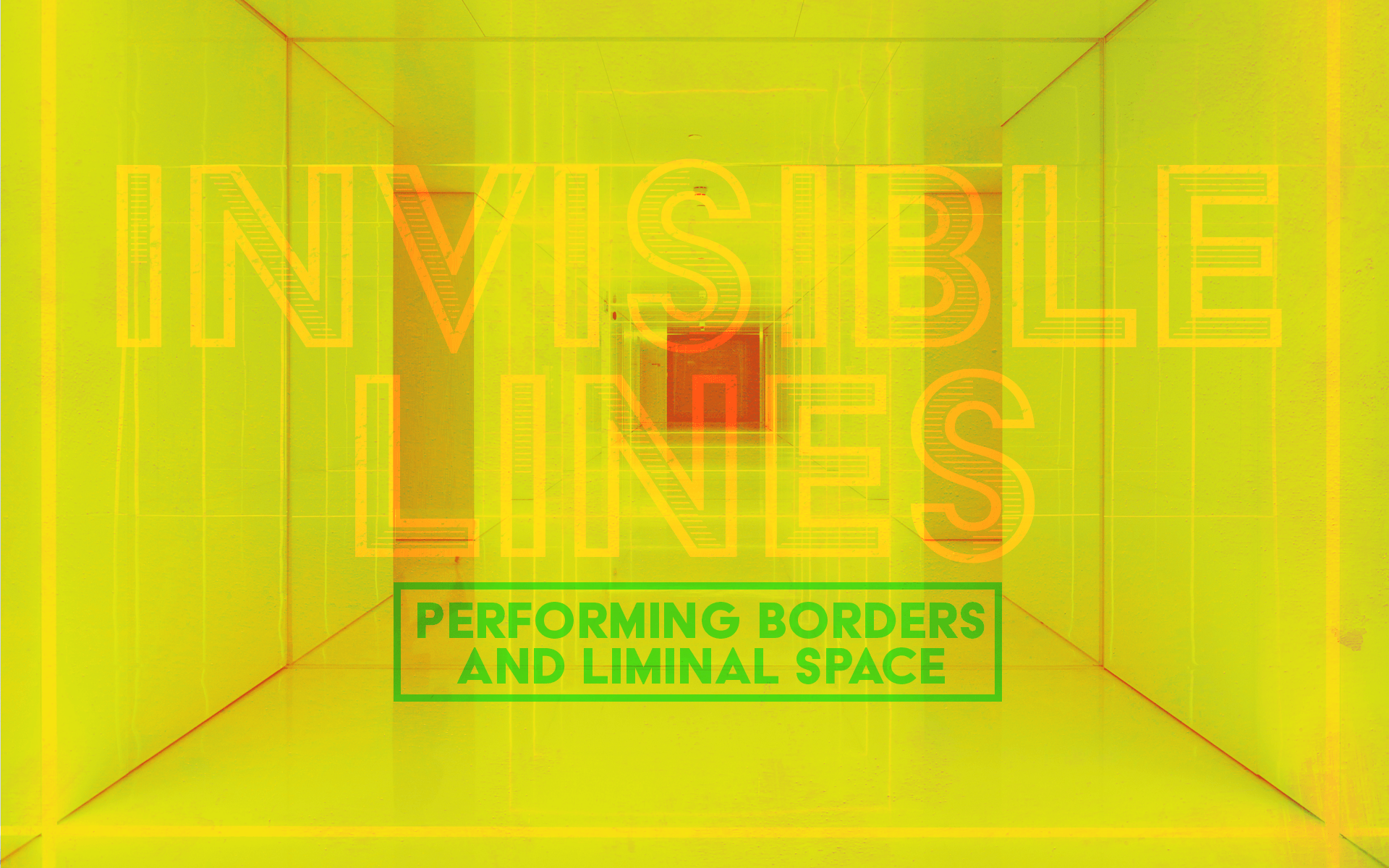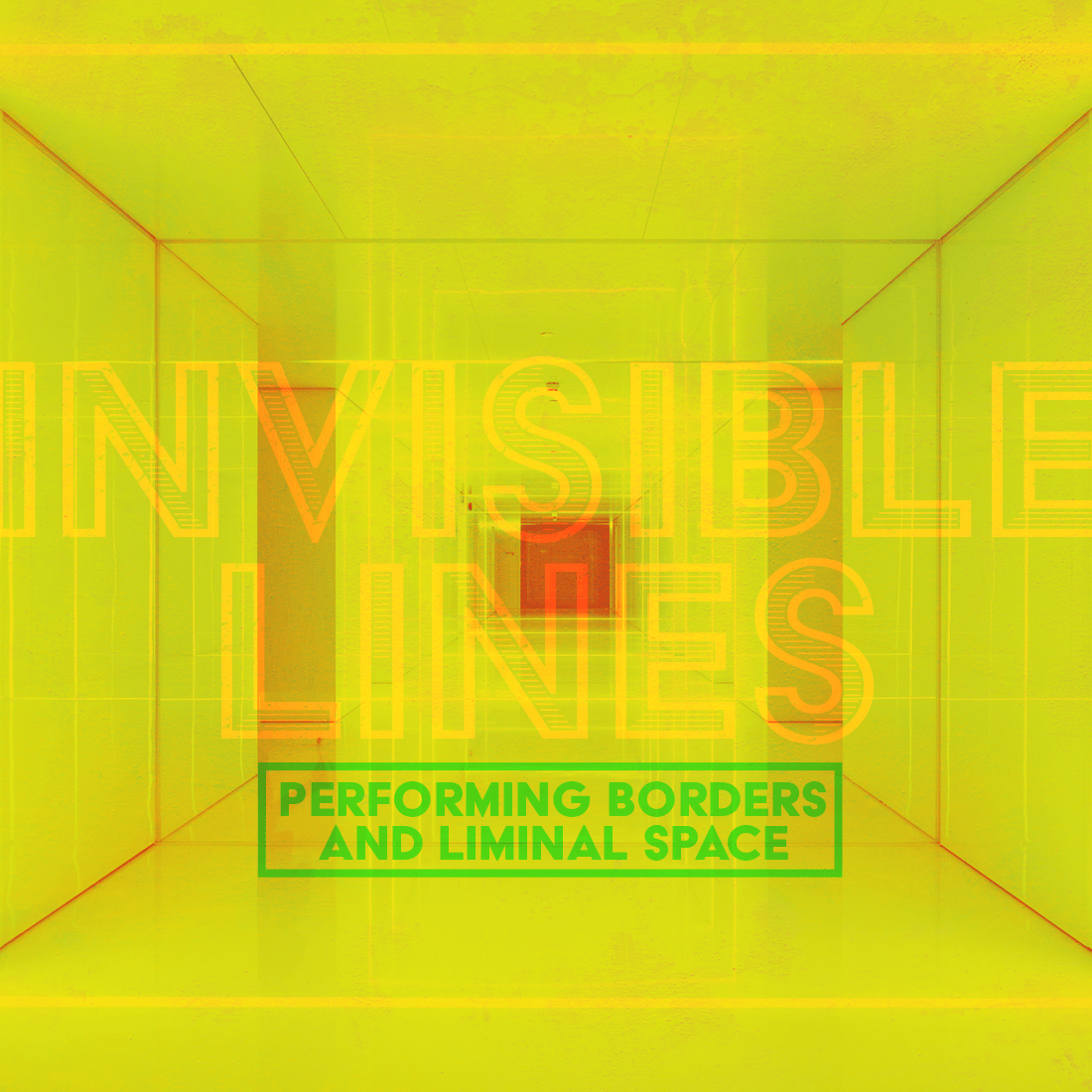NATALIE GALLAGHER

In this issue we spoke to Katherine Damme and Kathleen Reardon, two psychology Ph.D. students at Northwestern University. They used their research experience working with clinical and at-risk populations to answer our questions about how categories of mental disorders get developed and changed – and how that’s changing. This interview has been edited for length and clarity.
Hi Katherine and Kathleen, thanks for making the time to do this interview!
Can you say a little about yourselves, including one un-Google-able fact?
Katherine Damme
I’m in the Brain, Behavior and Cognition department of psychology. I knew pretty much from the time that I started undergrad that I wanted to do research and go to graduate school. I started in a histology lab looking at slices of different tissues; in a whole separate lab, I was working on behavioral experiments. I thought, “Gosh, wouldn’t it be great if they didn’t have to be dead when I was looking at their tissue, or if I could know how this related to behavior,” so I transferred from the University of Nebraska to Vanderbilt [University] and started doing neuroimaging as soon as I got there. I did a two-year post-bac at a psychiatric hospital [and] decided that I wanted to study [the topic of] reward, [which] allowed me to look at decision-making in development and adolescence as well as psychopathology.
Kathleen Reardon
And what about your un-Google-able fact?
Katherine Damme
I am an unlisted backup vocal for Dierks Bentley’s number one single, “Am I The Only One?” He came up to me and my friend in a bar and had us go and sing because we weren’t part of a musicians’ union and he wanted backup vocals.
Dierks Bentley – Am I The Only One | Source: © DierksBentleyVEVO/YouTube
That’s hilarious!
He paid my beer tab, so I did get paid something!
Kathleen Reardon
I originally thought that I wanted to be a clinician and a child psychologist. Halfway through [undergrad] I had the rude awakening you have to be in a research lab [to go to grad school and be a clinician]. So I did that, and then found out, “Holy cow, this is actually what I want to do with my life.” I worked in a lab that looked at early signals of bipolar disorder in kids, and in a lab that looked at early signals of autism in kids. Then I worked in a lab doing an intervention for conduct problems in really high-risk kids, and I absolutely fell in love with that. When I applied to graduate school, I wanted to do something in the area of developmental psychopathology, basically: “How do behavior problems develop? Where do they come from? What can we do about them?”
Currently [I am] in a basic science lab — we’re trying to understand the relationship[s] between personality and behavior problems in kids, and how they develop over time. My specific area of research is looking for developmentally appropriate [early] indicators [of personality disorders] because personality disorders are only diagnosed in adults [currently].
You do still owe me an un-Google-able fact.
I started being obsessed with the Food Network at [age] twelve. I’d wake up in the middle of the night and not be able to go back to sleep and go downstairs and watch Emeril Lagasse in the middle of the night. Like, I was not watching anything illicit, I would just watch the Food Network.
Can you each say a little bit more about how those boundary conditions on human behavior come up in your work?
Kathleen Reardon
There are historically three different approaches [to mental diagnoses]. The first is the Diagnostic and Statistical Manual [DSM], where a bunch of experts got together and decided based on their clinical expertise and all the clients they’d ever seen what a disorder should be. The second version is the Research Domain Criteria [RDoC], which moves from a categorical to a continuous approach, such that everybody has a little of these traits or markers — but similarly, it was a committee of experts sitting in a room deciding what was important. There’s a third approach, which is called the Hierarchical Taxonomy of Psychopathology [HiTOP]. This is an approach where you let the data do the talking — an organized effort to bring everything together.

The fifth edition of the Diagnostic and Statistical Manual of Mental Disorders | Source: © American Psychiatric Association
HiTOP, in particular, is really interested in understanding how normal personality and abnormal personality are related to psychopathology and to behavior problems. That’s part of the question I’m trying to answer, too — how does personality fit into the picture, and are there personality signatures in kids that look like personality disorders in adults? It’s taboo to diagnose kids with personality disorders, partially because they’re thought to be incurable. But on the flip side, the research that I do is looking at [the core of] personality disorders as being interpersonal problems – getting along with other people.
One of the things that fit into this little niche is the idea of relational aggression — intentionally damaging other people’s social relationships. Rather than punching someone, you tell them they can’t be your friend anymore, or you make sure they know they’re not invited to your birthday party. It seems to be really similar to physical aggression in a lot of important ways but also to map onto personality disorders in adults.

When you’re talking about disseminating research on this topic, do you always have to write about it in this DSM terminology?
Katherine Damme
It gets very complicated because you’re not talking about [a] diagnosis. You’re talking about something akin to that, or something that has some implications for that. I’m studying reward sensitivity. That has implications for anhedonia, which is a major component of depression, and avolition, which is a major component of schizophrenia. So you have this lack of motivation, this lack of drive towards goals and accomplishing things, and you may have the sense that you don’t enjoy these things anymore. Or, on the other end of that, is the mania and the impulsive sensation-seeking and risk-taking behaviors which [characterizes] this uninhibited goal-pursuit [behavior].
For both of those things, my work has implications [but] my work isn’t necessarily bipolar disorder. I think one of the things that RDoC allows us to do is to talk about symptoms specifically, and not necessarily [as] categorical diagnosis.
Kathleen Reardon
I think there’s sort of a field-wide argument about categories versus dimensions, and people who hold on really hard to the categories have two points that I think are potentially really relevant here.
One is that categories are easier to communicate about. If you give me a label as a patient, I know I can go learn what that [label] means. Second is the issue of clinical cutoffs. So basically, “Do you have” versus “Do you not have” seems inherent in a categorical system. When you bring it into a dimensional system, there do still need to be decisions about who is severe enough to get treatment — there are [still] cutoffs anyway. The thing I will say, though, [is that] I personally favor a dimensional system and I think most of the empirical evidence does as well.
Personality psychologists get a little bit of a pass because they’ve always used a dimensional system. We talk about percentiles a lot — like, you’re in the seventy-fifth percentile for extroversion. [Editor’s note: to see your own personality profile as an example of this, click here.] We don’t say that for depression. We don’t say, “Oh, you’re in the seventy-fifth percentile for depressive symptoms.” That would be a place to move towards.
When you’re doing work in this new framework, are you taking an already-existing categorical diagnosis, such as depression, and turning it into a continuum (i.e. degree of depression), or are you really focusing on subcomponents of that existing DSM category, like anhedonia, mood swings, loss of interest in activities, and so forth?
Katherine Damme
It varies by [research] group. My personal opinion is that we should be breaking it down into the smallest trait components where we’re getting predictive variance. A lot of these measures already have some sub-components within them, so we already have a lot of these tools that we can draw from this categorical literature.

Kathleen Reardon
I think we have a really nice model in the world of anxiety. Before getting caught up in the categorical versus dimensional question, it was an empirical question of “is anxiety one thing or several things?” And now, there’s pretty good empirical evidence to show that there are fear-based disorders and distress-based disorders and that those two things function pretty differently, respond to treatment pretty differently, [and] look pretty different in an MRI scanner — they seem to be pretty differentiable. The data were able to carve nature at its joints in a more organic way. We need to let the data tell the story, [and] it certainly will eventually.
Could you talk about where RDoC comes from?
Katherine Damme
This is a fun question for me because I got to be a fly on the wall in the RDoC meetings at the National Institute of Health [during] this big RDoC transition. They had these meetings where all the people studying [for example] social disorders who are top of their field come together [and decide] if we boiled social problems down to their most essential components, what is it? You’re looking at it on many different levels, from cells to systems, and that you’re looking at it across many different methods.
Kathleen Reardon
As far as I understand it, one of the biggest criticisms with RDoC is not the theoretical approach — it’s just what got chosen as those things which deserve research and those things which got left out as undeserving of research. It does, again, come down to the expert consensus. I think that the intention of it was to sort of up-end the way we think about things, and decisive action was prioritized.
Katherine Damme
There is another end of this, where people for years who are kind of personality or early-risk marker [researchers] have been saying, “Yes, disorders, but we can’t wait until [people with early markers] are so disordered that they’re institutionalized to start looking at these people.” So I think a lot of people felt like they gained this whole huge sense of flexibility, like, “Finally, RDoC, it’s a dimension, it’s always been a dimension!”
But there definitely were a lot of people who have built their entire careers on these categories and really know how to write grants for these categories, and they’ve been doing this for 30-40 years and now they’re like, “Now I have to relearn how to write grants? I don’t want to do that.” And so it gets kind of complicated for them.
How does this categorical versus dimensional idea tie into the concern within psychology about over-studying undergraduate populations?
Kathleen Reardon
For years and years and years, in order to get a clean sample of people who are depressed, you would accept them [as study participants] only if they have just depression and nothing else. And in the real world, it’s actually more likely to have more than one diagnosis than it is to have just one. If you have one diagnosis, fifty percent of those people also have two diagnoses, fifty percent of those people also have three diagnoses, [and so on]. It’s called comorbidity — when you have more than one, and it’s the rule rather than the exception. So it’s gotten better, now. RDoC is one reason that it’s become pretty different.
Katherine Damme
We do have some clinical sample studies, but for our current project, we started collecting data on [our participants] as soon as they were eighteen, and we started following up with them every year. Early adulthood is a big time for developing psychopathology, and the idea is that we’re looking at personality traits. We’re doing clinical interviews frequently, and seeing if we can prospectively predict psychopathology in these populations. So that’s one way.
We also have certain [recruitment] goals to meet in terms of gender, ethnicity, income level, early life atmospheres, and stuff like that [so that we have a representative sample of the population].
Thank you both so much for your time!
Katherine Damme
She is an Affective Neuroscientist and a Ph.D. candidate in the Brain Behavior and Cognition Program in Psychology Department. Kate Damme studies individual differences in motivation and emotion and how the brain can provide early risk markers of risk for schizophrenia and bipolar disorder.
Kathleen Reardon
She is a graduate student in the clinical psychology doctoral program at Northwestern University. She graduated from the University of Pittsburgh in 2010 with a B.S. in psychology. After graduation, she worked as a research assistant for the Pitt Parents and Children Laboratory. Her interests include studying the development of behavior problems and personality pathology from a developmental psychopathology perspective. She’s also very interested in open science and the meta-science movement within psychology. When she’s not working, she loves spending time with her dog Tilly, lurking on science Twitter, and cooking or trying new restaurants!





